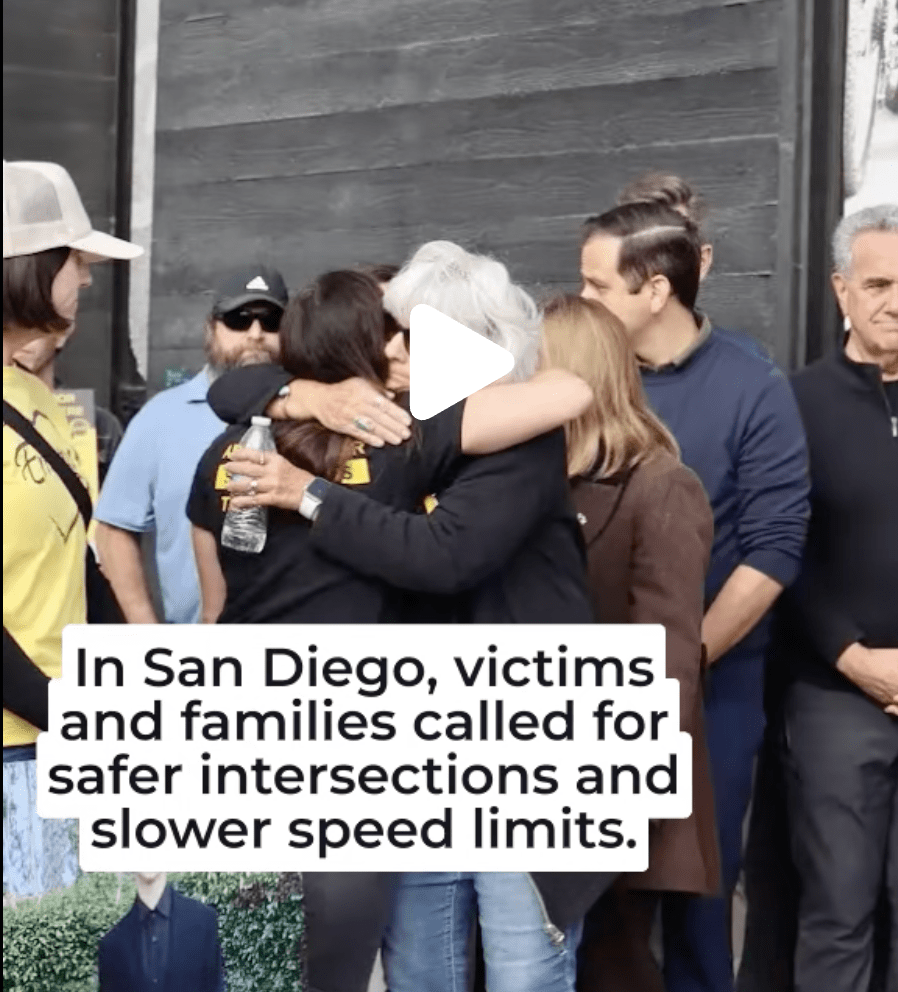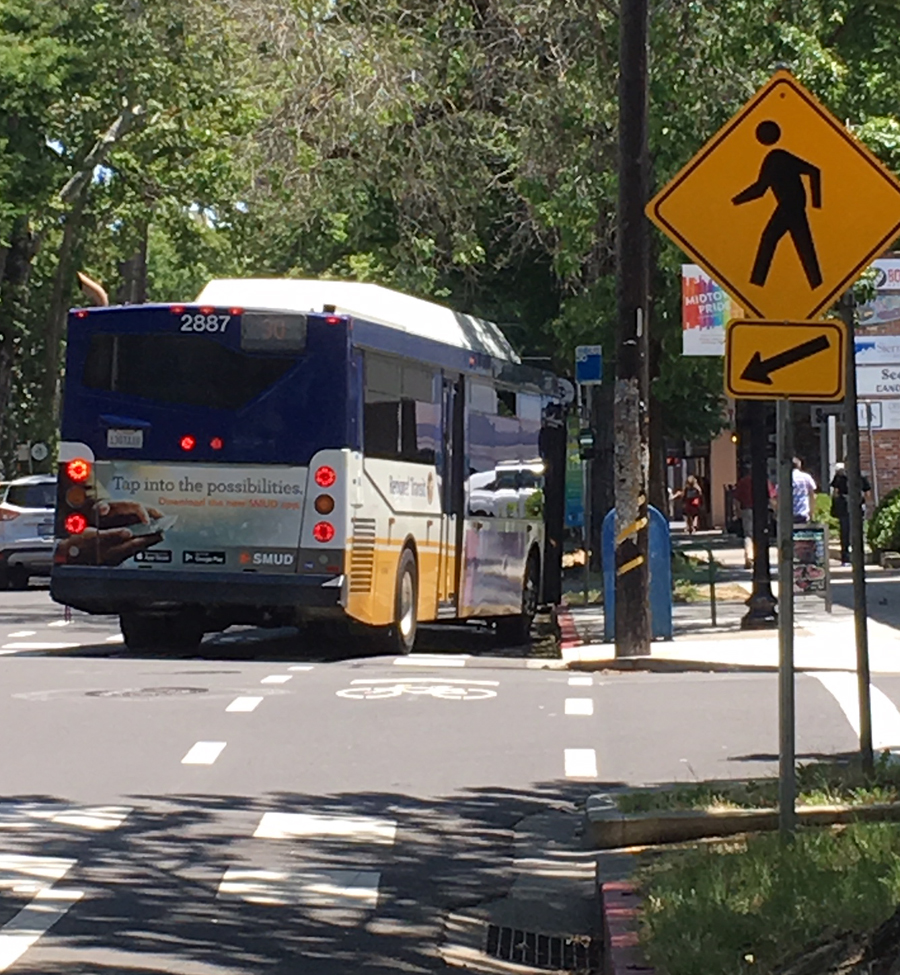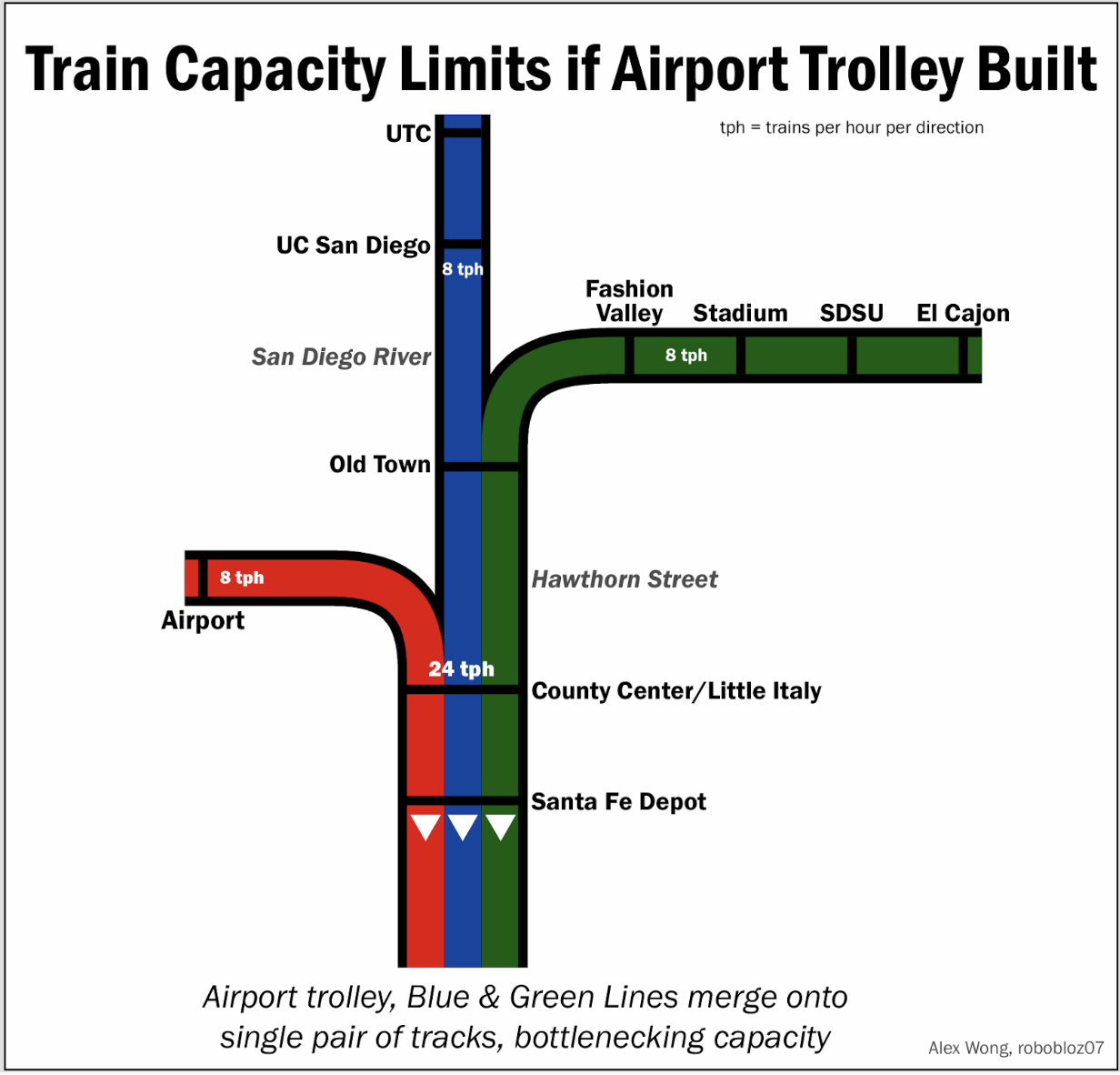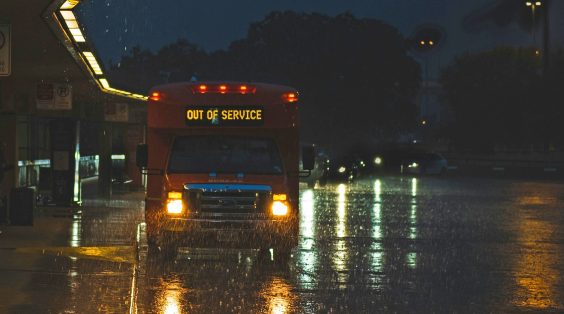Last week, the United States Secretary of Transportation traveled to Los Angeles for a press event where he threatened to end federal funding for the state’s high-speed rail project. While there was some vocal pushback to the media stunt, the most important reaction may be a new piece of legislation that would explore how the state can go it alone on funding the 400-mile long project connecting Los Angeles and San Francisco.
On the same day that Secretary Sean Duffy was getting heckled at Union Station, State Senate Transportation Committee Chair Dave Cortese (D-Silicon Valley) introduced Senate Bill 545 which would commission a study on the commercial and residential opportunities that high-speed rail creates and what public-private partnerships could contribute to funding it. The bill requires that the study is completed by July 1, 2026.
While Cortese does mention the environmental benefits of the high-speed rail project, which will replace thousands of car and airplane trips every day with electric rail trips, he keeps his focus on high-speed rail as an economic engine.
“The study will help guide the state to examine opportunities for major residential and commercial development in the high-speed rail corridor, synergy which can help pay for the infrastructure itself,” said Cortese in a statement.
In an interview on “News Conference,” a Sunday morning show in Los Angeles, Cortese urged the federal government to continue to invest in high-speed rail so that the project can be completed as quickly as possible. But he also stated that if the state has to build the line without further help from the federal government, it will do so.
“The federal appropriation would be very, very helpful…if for no other reason, it gives you continuity in the revenue flow, to keep the jobs going, to keep the work going, to make sure there's no interruptions,” Cortese began.
“Can we get there…or even get this next segment done? We need to augment the budget to do that, we expect that will come from state money, irrespective of what the federal government does.”
So far, $13 billion has been spent on the high-speed rail project, with $10.5 billion coming from the state. The investments have created $22 billion in economic activity, mostly in the Central Valley.
Generating money through public-private partnerships is just part of Cortese’s strategy. The majority of the state funding has come from the state’s cap-and-trade program and voter-approved bonds. On News Conference, Cortese notes that authorization for the state’s cap-and-trade program will end in 2030 and that the legislature and governor will need to reauthorize the program in either the 2025 or 2026 session.






